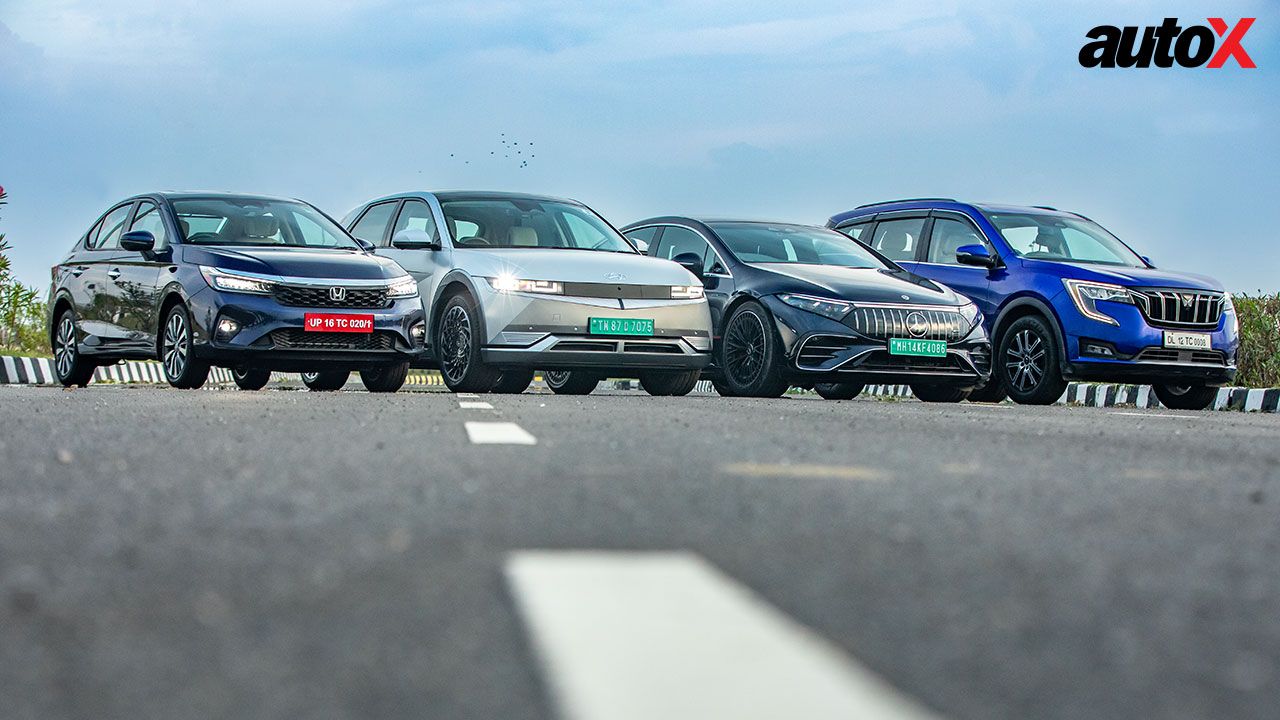
ADAS is the latest buzzword in the automotive industry. That’s because autonomous driving is pegged to be the future of motoring. Given our chaotic roads and erratic driving behaviour, many believed this technology would take ages to come to the Indian market. However, the fact of the matter is that it’s already here and thriving. So, whether you have a budget of ₹15 lakh or the potential to spend 20 times more than that on a new car, you can experience the joys, or the headaches, of the so-called Advanced Driver Assistance Systems.
For this feature, we set out to find out how these Level-2 ADAS experiences differ in cars at different price points. So, we assembled an interesting assortment of vehicles for the test. First up, we have the 2023 Honda City, which is India’s most affordable ADAS-equipped car. Next up is the Mahindra XUV700, which became the first India-made car to feature driver assistance systems back when it was launched in 2021. The Hyundai Ioniq 5 is a hugely popular EV – and, perhaps, also the coolest – but in this test, it’s representing the ADAS tech in EVs within the budget of ₹50 lakh. And finally, we have the Mercedes-AMG EQS 53, which belongs to the other end of the spectrum. It’s a high-voltage performance EV, which has already blown our minds with its spectacular turn of speed, but, in this test, it’s representing the top-of-the-line ADAS-equipped luxury vehicles.
With all four cars assembled and introduced, it’s time to find out how their driver assistance systems work in the real world, and how well are these tuned for Indian driving conditions. So, be prepared for some shocking revelations!
Honda City: Most-Affordable ADAS
Honda recently gave the City a nip-and-tuck job, and the biggest update is the addition of Honda Sensing ADAS systems in the petrol version of the sedan. Before the facelift, it was only offered in the hybrid or e:HEV version. But, now, barring the base variant, the Honda Sensing system is standard across the City range, which makes this family sedan the most affordable ADAS-equipped car in the country. Not to mention, it’s also the only vehicle in the segment to offer driver assistance systems with a manual gearbox.
Usually, if a product is ‘the most affordable’ in any test, people are quick to jump to conclusions, thinking there would be a compromise in some form or the other. But is that the case with the City’s ADAS system? Truth be told, not at all. In fact, after testing the system extensively, we came to the conclusion that the Honda Sensing is one of the best ADAS systems for Indian roads. And that’s saying something when you’re in the company of vehicles that cost twice, thrice, or 20 times as much.
The Honda Sensing incorporates a wide-angle camera for its assistance systems, so there are no radars. It has its pros and cons. For example, a camera works like a human eye, so it can process an image / vehicle / pedestrian easily and detect the repercussions quickly. However, in bad weather or in direct sun, the vision can be compromised and it may not be as effective as radar-operated systems.
We began testing the cars with a highway run, starting with the City. I must say, I was thoroughly impressed! The City’s ADAS suite includes Lane Keep Assist (LKAS), Collision Mitigation Braking System (also known as AEB or automatic emergency braking), Adaptive Cruise Control (ACC), Road Departure Mitigation, Auto High-Beam, and Lead Car Departure Notification System.
On a well-marked highway, I found the LKAS and ACC to be of great help. These systems only get activated beyond 72km/h in the City and work seamlessly. The LKAS keeps you right in the middle of the lane with minimal steering corrections. In case a vehicle comes in front of you or cuts you off abruptly, which is a more likely scenario on Indian roads, the ACC gently rolls off and maintains a safe distance from the vehicle in front. Once the road ahead clears up, it briskly accelerates back up to the set cruise speed. It’s also able to detect two-wheelers, which is quite impressive.
Since we tested the manual version, the system was calibrated accordingly. So, let’s say you’re in 6th gear, and the car in front starts to decelerate, the ACC will continue to be active until 40km/h. Once the speed drops below that, you’ll get a warning to downshift. If you don’t, it will disengage ACC automatically to stop the car from stalling or juddering. However, even when you shift to a lower gear, the City’s ACC deactivates below 30km/h on its own – it can’t operate at speeds below that since it doesn’t have the ‘Stop & Go’ functionality, which is offered in other cars here.
On the highway, I also noticed its LKAS wasn’t always able to follow the lane when the road ahead would start to twist and turn, especially when you hit a corner that is sharp rather than sweeping. This results in the LKAS and ACC getting disengaged abruptly. So, you’ve to be careful. In any case, the system requires you to keep your hands on the wheel all the time. If you don’t, you first get a gentle reminder along with a warning, and in the next 20 seconds or so, it disengages ADAS completely. It also gets deactivated temporarily when you indicate and change lanes. If you don’t indicate, you’ll feel some resistance from the wheel as the LKAS tries to steer you back in the lane.
Auto High Beam Assist is perhaps the least impressive function. It switches between high and low beams when there’s oncoming traffic. So, if you’re driving with the low beam on in the dark, it’ll automatically switch to the high beam. But, if it detects the lights of an oncoming vehicle, it dips the beam within a second or so. This is great in theory, but I found the system to be a bit too sensitive – for instance, it can’t differentiate between a streetlight and a vehicle’s lights!
Also Read: Top 5 ADAS Cars Under Rs 20 Lakh in India: MG Astor, Mahindra XUV700 and More
Mahindra XUV700: The Trendsetter
While the City is now the most-affordable ADAS-equipped car in the country, let’s not forget that it was the XUV700 that made ADAS mainstream in India. Launched in 2021, the XUV700 introduced us to driver assistance systems, and suffice to say, there’s been no looking back since – ADAS will become a mainstay in all mass-market cars going forward.
Unlike the other three cars, all of which use ADAS tech developed entirely in-house, the XUV’s ADAS is sourced from Israel-based firm Mobileye, which is a leading company working in the field of autonomous driving. Its ADAS tech is widely used by carmakers like BMW and Toyota.
Coming to the XUV, its ADAS feature list is more or less the same as the City’s, although it offers some additional functions including Traffic Sign Recognition and Driver Drowsiness Detection. In comparison to the Honda Sensing, Mahindra’s ADAS uses both camera and radars, meaning it’s superior – at least on paper.
On the move, the XUV’s ADAS works in a more or less identical fashion to that of the City, if I’m honest. There are some small differences though, like its LKAS gets activated at a lower speed (60km/h), and its ACC has Stop & Go capability (only available in the top-spec AX7L AT), meaning it can come to a halt if the car in front stops and then resume once the vehicle ahead starts moving again.
On the highway, once all the systems were engaged, I observed the steering corrections by LKAS were kind of more pronounced in the XUV compared to that of the City. But if you talk about its efficiency, it’s as accurate and precise as the City’s, for sure. So, if a tractor, truck, moped, or jaywalker appears out of nowhere in front of the car, the XUV’s ADAS can detect it with ease and apply brakes if needed.
That said, on a few occasions, I did feel the XUV’s deceleration, with ACC activated, was a little too sudden. This can be distressing for both you and the car following you closely behind, which is again something very common on our roads. You have to be mindful of these things so that you can override the system and accelerate out of these tricky situations that ADAS may land you in. Again, this is not an XUV-specific problem, but I noticed it on multiple occasions while I driving the Mahindra.
The XUV’s traffic sign recognition is quite effective, and it picks up road signs correctly 9 out of 10 times. Another great feature is the auto booster headlamps – it’s a third beam of light, which gets activated when you’re driving in the dark with no oncoming vehicle. It increases the throw of the illumination and is very helpful at night.
What I didn’t particularly find impressive here is the accessibility to XUV’s ADAS menu. To turn any system on or off, you’ve to toggle through different sub-menus using steering-mounted controls. It’s not just complicated to use but also quite distracting while driving.
Hyundai Ioniq 5: The EV Challenge
Since the future of motoring is likely to be electric and autonomous, it only made sense for us to include the Ioniq 5 in this experiential test. Dubbed the Hyundai SmartSense, the Ioniq 5’s ADAS has 21 features, claims its maker. And while it shares most of its features with the City and XUV, it does get some additional systems. What’s more, in addition to front radars and cameras, the Ioniq 5 also gets rear radars, which allows for the integration of the Rear Cross Traffic Alert system. This feature warns the driver about approaching vehicles from either side when the car’s being reversed from a parking spot at low speeds. And, on the move, the system helps you spot vehicles in your blind spot using the same mechanism and sensors.
Although the main ADAS functions in the Ioniq 5 are identical to the City and XUV, they definitely feel a touch more sophisticated. The LKAS gets activated above 65km/h, but compared to the City and XUV, it gives you more confidence. The first thing you’ll notice is how rock solid and planted it feels – there are no constant adjustments on the wheel, and it follows the road without swerving left or right continuously. And even if you forcefully try to steer out of the lane, there’s more resistance than usual, as the steering gets extra stiff. This is both a good and a bad thing though. Because if you want to move out of your lane in emergency situations, it’ll require some extra effort.
The Ioniq’s ACC gets ‘Stop and Go’, and it can be activated at as low as 30km/h. Again, it does the same sort of job as the City’s and XUV’s systems, but there’s a nice progression and sophistication in the way it builds or drops momentum. It doesn’t feel abrupt or violent in either scenario. Not to mention, it also feels more consistent with its behaviour. And, last but not least, it follows the road quite effectively even when it starts to twist sharply, which is not the case with either the XUV or the City, as their systems give up on it midway.
The Rear Cross Traffic Alert is a great feature too, and it definitely helps when you’re pulling out of tight parking spots. Similarly, the Blind Spot Detection system sends a loud and clear warning in advance as and when it detects a vehicle in your blind spot.
The only niggle that I have with the Ioniq 5 is that its ADAS is a bit too intrusive with its beeps and alarms and refuses to keep quiet. For instance, if the car’s GPS detects that there is a school ahead on the road, it will just overwhelm you with ‘children crossing ahead’ warnings. So, whether it’s 2 pm or 2 am, there are always schoolchildren on the road, thinks the Ioniq 5. It can be a bit annoying.
Mercedes-AMG EQS 53: High-Performance Autonomy
This was a totally different ballgame. Priced at over ₹2.5 crore, the EQS 53 is in a different league altogether. However, you’d be surprised to know that when it comes to its ADAS systems, there is no night and day difference between its assistance systems and the ones offered in mass-market cars. The only real difference lies in the experience, tuning, and overall finesse of the system as compared to the others on the list.
Unlike global markets, where the EQS is now available with Level 3 autonomy, the India-spec version gets limited features. Again, the list is pretty much identical to that of the XUV and City, and interestingly, it gets fewer features than the Ioniq 5 in this area. So, you’ve got LKAS, ACC, Blind Spot Detection, Forward Collision Warning and AEB, and Adaptive Highbeam Assist Plus. However, without beating around the bush, I must say that it feels like the most sought-after system of all. And here’s why…
The Merc’s LKAS is as good as the Ioniq 5’s – you stay bang in the middle of the lane without many interventions or steering movements. The system is so well-tuned that the corrections are delicate and impossible to observe. Similarly, the ACC is a work of art here. It maintains a safe distance from the car in front of you, and the deceleration is smooth rather than sudden. It falls back effortlessly without giving you or the car behind panic attacks. However, once the traffic ahead clears up, it gets up to cruising speed rather ferociously. You see this is a mighty electric AMG that can clock 0 –100km/h in just 3.4 seconds! So, it gets up to speed in a violent manner. I remember setting up the ACC at 120km/h on Eastern Peripheral Expressway, and shortly after that, I found myself stuck behind a truck going at 40km/h. The ACC reduced the car’s speed when I was directly behind the truck in the same lane. However, as soon as I pulled out to the other (fast) lane, the EQS shot forward like a bullet and was up to the set cruise speed in no time! It was exciting but can be alarming if you aren’t prepared for this kind of assault.
While all cars here remind you to keep your hands on the steering wheel all the time, the EQS’ system is a step above in this regard and does it in a slightly better and more acceptable manner. If it detects no hands on the steering, it will first send you two audio and visual warnings in a succession of 20 seconds. If you don’t put your hands on the wheel still, instead of deactivating the ACC and LKAS abruptly, the Merc’s ADAS system will gently start to decelerate the vehicle and bring it to a halt while also turning on the hazard lights – quite neat!
Similarly, the Adaptive Highbeam Assist Plus system is another highlight of the Merc. At night, it ensures that you get full illumination, as you’re allowed to drive in high-beam all the time. However, the headlamps won’t blind or dazzle oncoming traffic or vehicles in front of you. The system, with its cameras and a mechanical flap in the LED headlamp module, is able to locate other vehicles at night and dims the illumination only in those particular spots. You see a black spot of sorts forming on other vehicles, but you continue to get a clear view of the road ahead.
Braking it Even - Automatic Emergency Braking
AEB or Automatic Emergency Braking is the trickiest system to trust. It applies the brakes on its own as soon as it detects a collision is imminent. As I’ve mentioned already, it is tricky to master because, given the kind of chaos on our roads, AEB has a tough time keeping up.
To understand how well the AEB systems in these cars are calibrated, we took them to a closed section of the road and tested the system with a real human being! There were some ground rules that we followed. In each car, we set the detection distance to ‘Early’. We capped the speed to 40 – 45km/h, and we did three attempts with each car, all driven by the same driver.
Honda City: Surprisingly, the City’s AEB was the most consistent. On all three occasions, it braked exactly in the same spot. It detected the pedestrian quite early and issued a visual warning roughly 20 metres before the expected impact. It then applied light brakes as another reminder before slamming on the brakes and bringing the car to a halt. On the whole, I felt it gave me ample time to comprehend and react.
Mahindra XUV700: The XUV700’s AEB turned out to be the most inconsistent, which was a bit of a surprise. On the first attempt, it detected the pedestrian but didn’t apply the brakes in time, meaning I had to override the system and slam the brakes myself. On the second attempt, I decided to be a bit braver – the XUV detected and applied the brake, albeit at the last minute, giving me a panic attack. And that’s because it first slammed the brakes, and then, for some weird reason, released them. Maybe it was the ABS kicking in, but it felt like the system got confused. The third attempt was better, as the XUV did stop in time and didn’t release the brakes.
Hyundai Ioniq 5: Like the City, the Ioniq 5’s AEB was consistent on all occasions. However, it doesn’t send the visual warning as early on as it did in the City, so I was still second-guessing until the car braked on its own. The braking, however, was gentle and steady and it felt the most assuring and comfortable. It doesn’t slam on the brakes.
Mercedes-AMG EQS: The Mercedes tested my patience like no other car here. It braked right at the end on all occasions, and on each attempt, my heart was in my mouth! You see because the EQS has massive brakes – it can stop on a dime. So, the system slams on the brakes when you’re less than a metre away. It will stop the car, no doubt. But it takes time to register the sheer braking force and trust Merc’s AEB with full conviction.
All in all, I’m still not sold on AEB, as I feel it can land you in trouble with its sudden braking. Sure, it may save you from rear-ending the vehicle in front, but given how close Indians love to drive to each other, there’s a great possibility of someone ramming into you from the back!
The ADAS Experience: Verdict
Not too long ago, I had doubts about ADAS and thought it was just a marketing gimmick. I also believed that this tech will never work in India. However, after testing these assistance systems for days, I have to concur that I was a bit short-sighted in this regard. ADAS is here to stay, and you’ll find this tech coming in thick and fast in more mass-market, premium, and luxury cars very, very soon. Sure, you can’t rely on these systems completely – and that’s how it’s supposed to be – but it’s clear that ADAS, as a part of your car’s active safety equipment, does make driving safer (at least on highways). I do believe there’s still a long way to go before I can trust the system in choc-a-block traffic conditions, but, then, I’m ready to eat my words again.
Before I conclude, I would also like to remind you that these ADAS systems aren’t built to a cost. A case in point is the City and its Honda Sensing tech. Even though it’s the most affordable ADAS-equipped car in the country, its assistance systems aren’t there for the heck of it. They work, and they work well. So, the next time someone like me tells you that ADAS is just a gimmick, don’t believe a word of it.





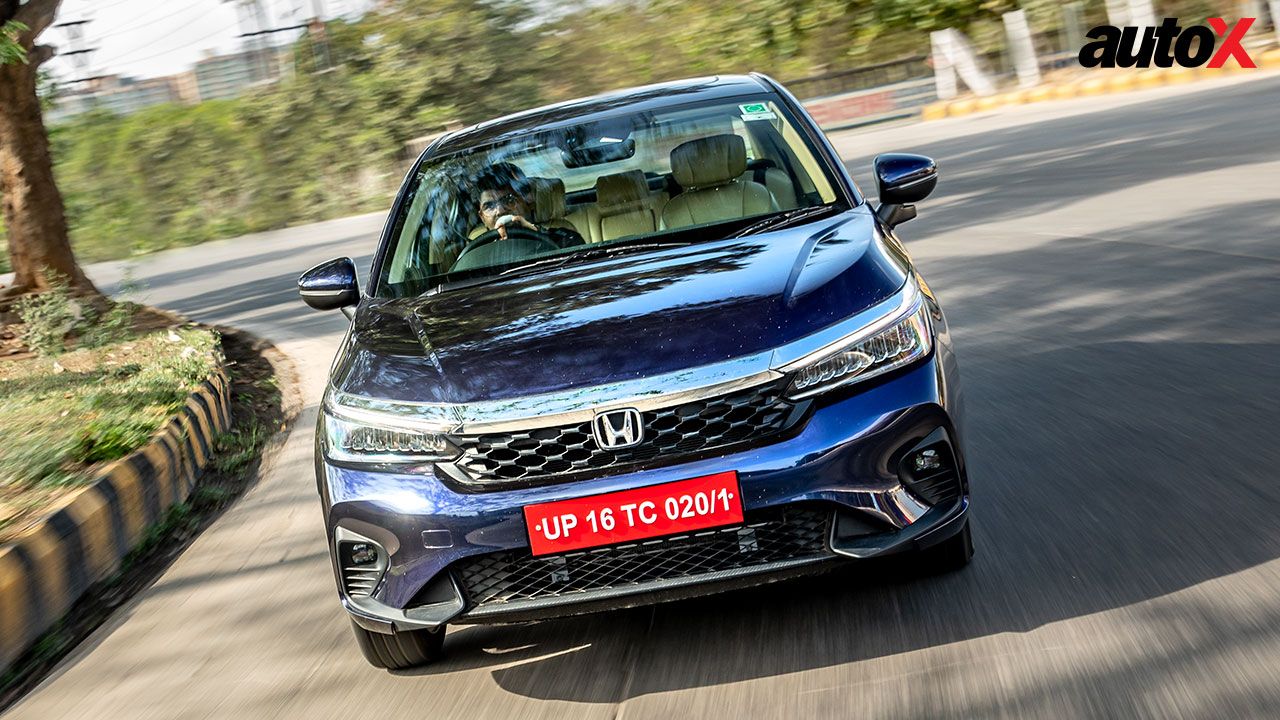



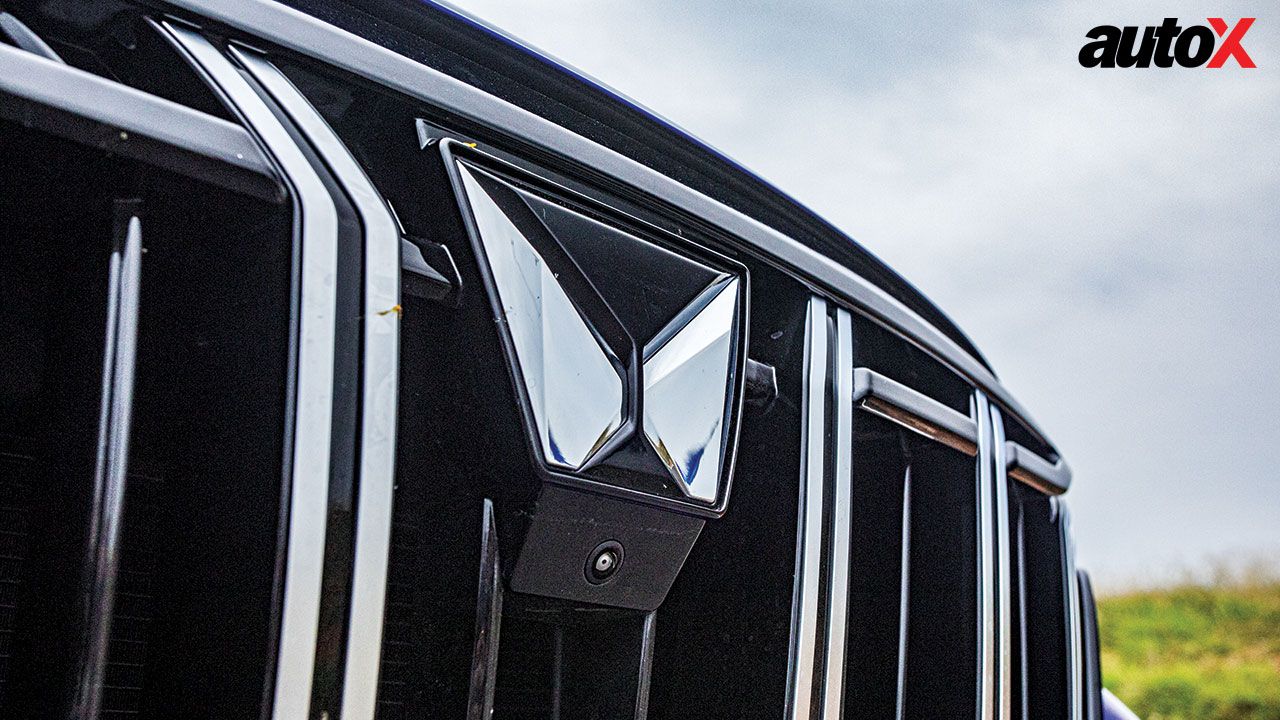
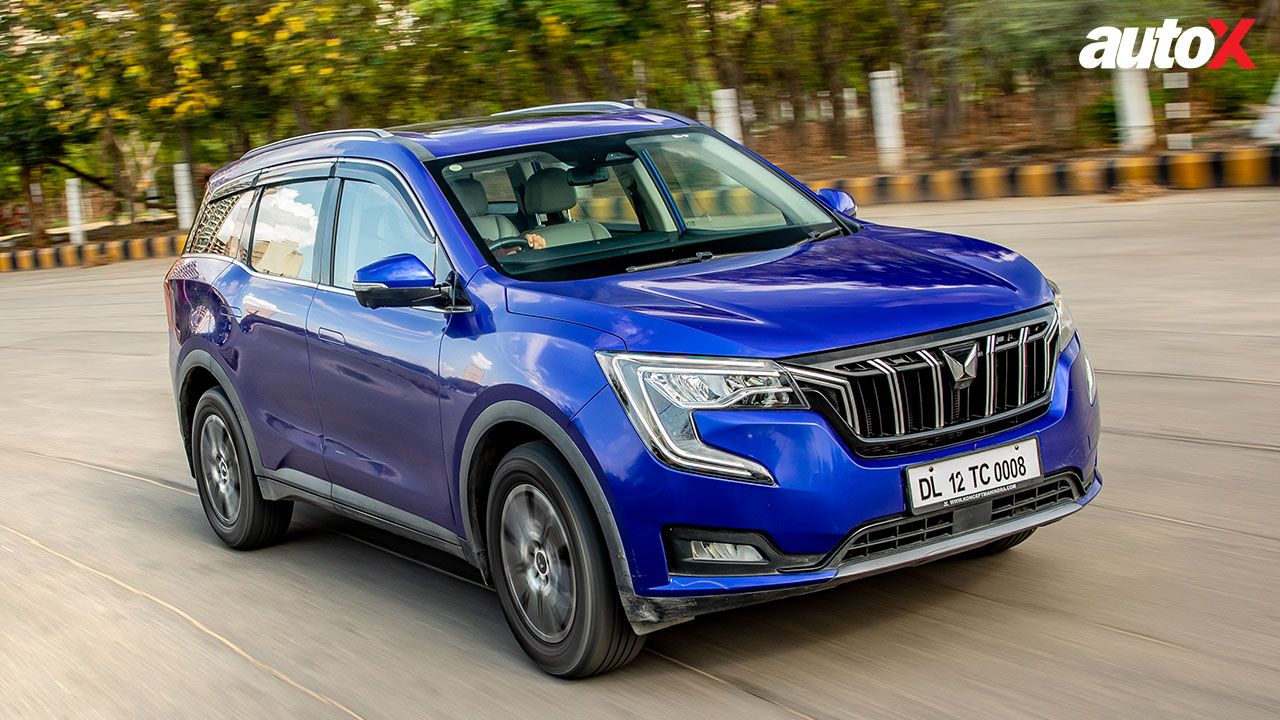



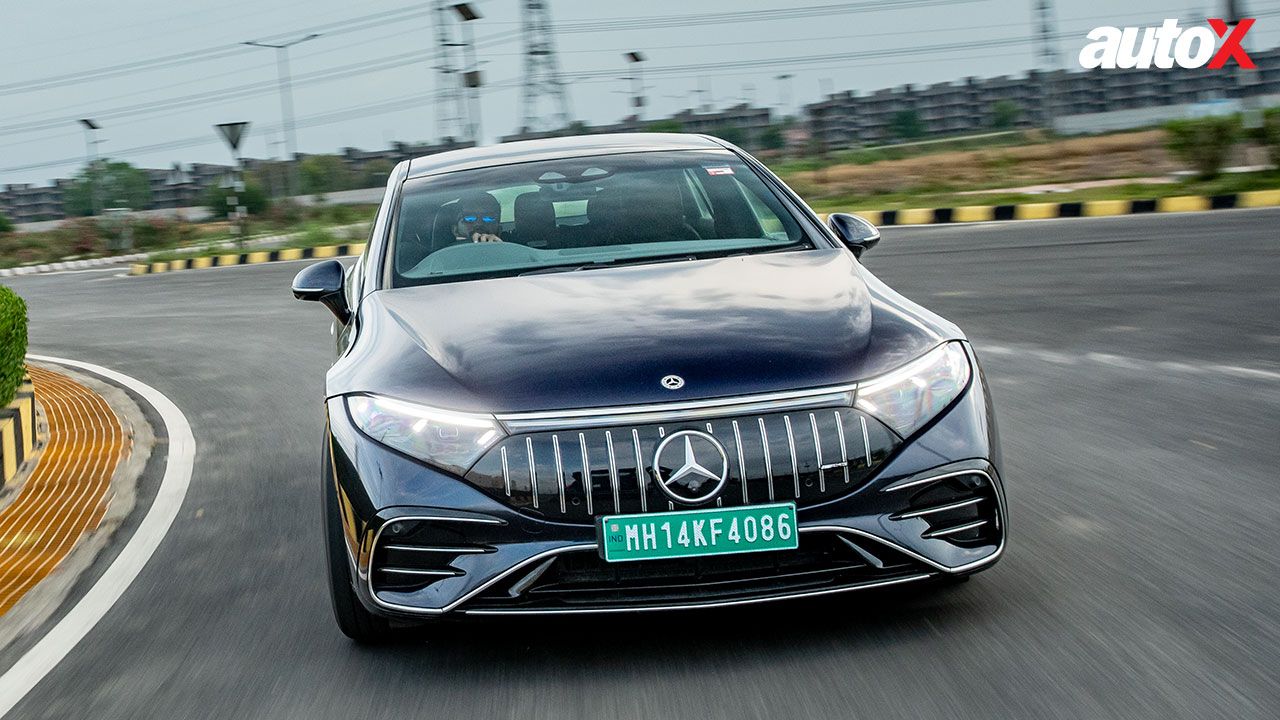

























Write your Comment